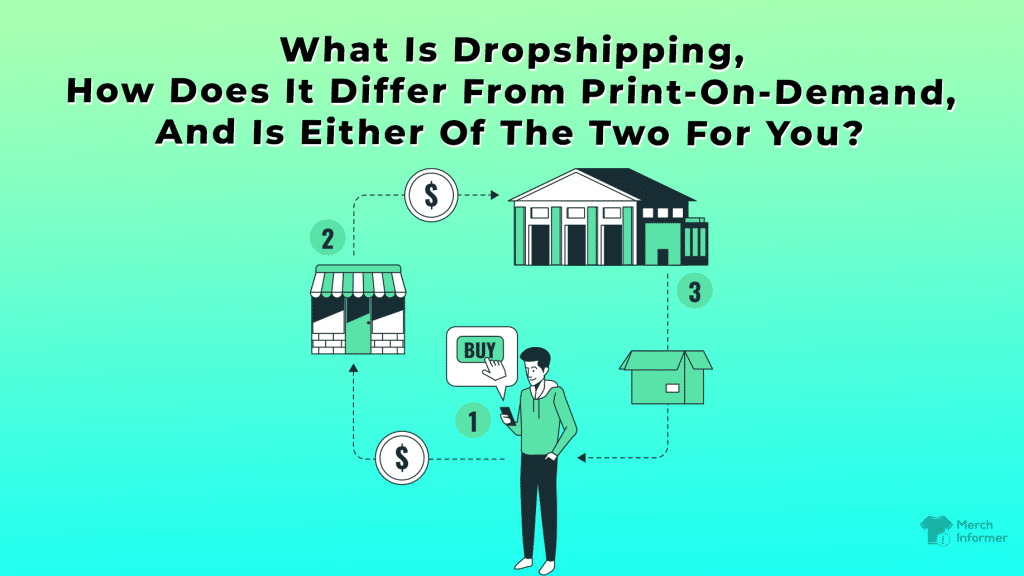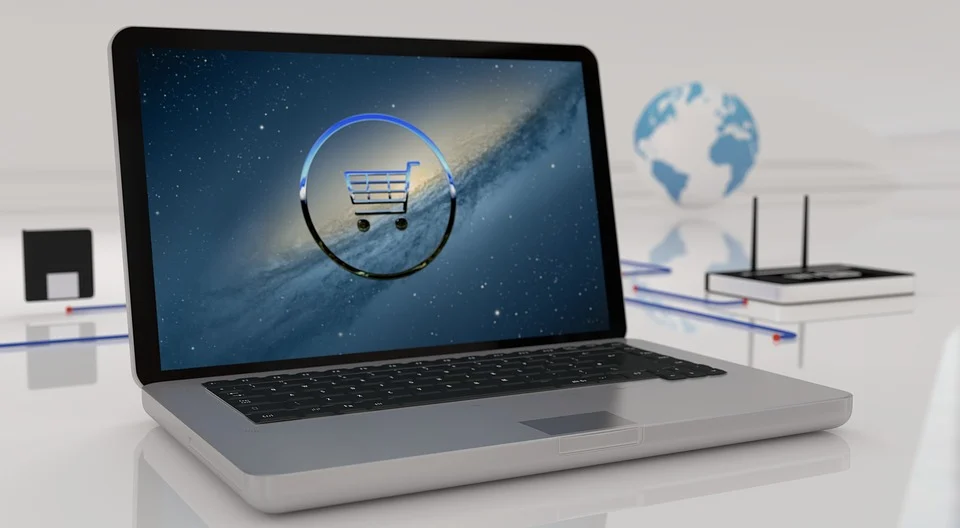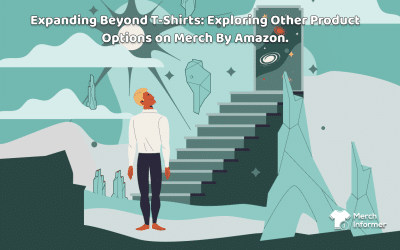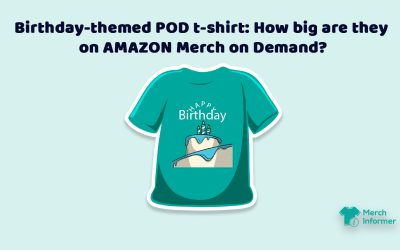What Is Dropshipping, How Does It Differ From Print-On-Demand, And Is Either Of The Two For You?
Chances are that if you’re reading this, you’re looking for a passive income business opportunity. You also noted that we said “passive income business opportunity” and not a get-rich-quick scheme, right? Good. We wanted to make sure we’re on the same page.
Let’s start off with some of the basics.
You already know that businesses typically purchase inventory from suppliers and then sell those products at higher mark-ups simply because of the ease and convenience, which the business or retailer offers their customers. Such convenience is provided by the fact that the business acts as a middleman, storing and warehousing products, having them packaged appropriately, delivering them to customers at the right quantity and quality, providing good customer service, and more. It means that customers benefit from not having to dig around warehouses for the goods they need. They can simply see them in the storefront and purchase them right away.
In our world today, where almost everything is available online, handling logistics has changed quite significantly. This is because e-commerce has come to the forefront and practically every retailer of note has an online storefront. Shoppers enjoy and have become increasingly reliant on the ease with which they can browse, compare, and buy products. But what if there was a way to get in on this market without the traditional logistics involved?
Actually, there is, and it’s called Dropshipping.
What Is Dropshipping?
Dropshipping is an e-commerce business model. It deals with the supply and logistics of a business, and specifically, the way orders are fulfilled. Typically, a business owner would purchase their products from a supplier, store them, and then sell them in a physical store. Dropshipping changes this and enables merchants to bypass the physical store by selling online. Crucially, the absence of storage and warehousing is dropshipping’s biggest advantage.
What happens with dropshipping is that when a customer places an order for a product that’s been advertised or showcased online, the supplier takes care of fulfilling the order and ships it to the client while you, the business owner, have no warehousing, storage and supply overheads to worry about. You’re simply the storefront for the products while someone else handles the rest of the work. Sounds pretty attractive, right?
How Does It Work?
The primary premise of the dropshipping business model is as follows. A client goes to your website or online store to purchase something. They place the order. This order is automatically sent to a pre-approved-by-you supplier who then fulfills the order and ships it to the client. You get a profit on the price you’ve charged while the supplier gets their wholesale price cost and shipping cost. All in all, you’ve hardly put in the effort and yet you’re making money and sales. A great way of making a passive income, indeed.
How Does This Differ From Print On Demand?
So, how’s dropshipping different from print on demand? Actually, the differences are quite subtle and in fact, print on demand is a subset of dropshipping. The main thing is that with print on demand, you customize each item you sell to your customers – whether it’s printed t-shirts, coffee mugs, tote bags, caps, or any other apparel. They carry your design.
When it comes to dropshipping, a client who wishes to return an item can do so and the item will simply go back to the inventory of your supplier. However, with print-on-demand products, the challenge lies in these returns because the item can’t really be re-sold again.
Therefore, whereas one business model deals with more generic items, the other deals with customized products which are printed by a third party. Therefore, the quality of the item can’t be guaranteed. Unless you’re working with Amazon, of course.
Weighing Up The Pros And Cons
So, now that you’ve got the gist of it, what are some of the financial and other convincing reasons why you should get into dropshipping or print on demand? Take a look.
You need very little capital, if any at all. In the print on demand sphere, some design and research skills will be beneficial. You may wish to outsource this part of the process, if you lack the technical or creative skills, but cost-wise, that’s pretty much it.
It’s also easy to get started. If you don’t need a warehouse and storage space for your inventory, why bother with it in the first place? If there’s a reliable supplier you can trust, why turn elsewhere?
There are also low overhead costs and it’s super flexible. This means you can run your business from some balmy beach on an island of your choice while sipping a margarita. Okay, maybe not quite in the early days of starting your business, but you get the idea.
Next up, you’ve got a rather wide selection of products you can sell. Just think of items that can be printed on. That’s hats, long sleeve shirts, short sleeve shirts, t-shirts, hoodies, tank tops, tote bags. And what makes it even better is that these models make it much easier to test your offering on the market than if you were to launch a full blown marketing campaign that involves prior market research.
Finally, it’s a whole lot easier to scale this type of business. Your growth can accompany your circumstances. You can choose to do it as a side gig alongside your full-time job, and later, when you become profitable, make it a more permanent feature of your lifestyle.
Okay, so these are all great, but what’s the catch? Here are a few things to think about before you get started.
First up are the low margins. You’ll be competing with some big names out there – sellers who’ve been in the industry for years and know the tricks of the trade. Also, you’ll be looking to get into niches and sub-niches, and while that’s all good and well, you won’t make a whopping amount of money right off the get go unless you can really specialize and offer value.
Then there’s the fact that you may face inventory issues. Especially if you deal with multiple warehouses for your products. And what about the shipping costs? What if one customer wants to buy three things from you? How will you fulfill their order if you’re going to be sourcing the products from three different suppliers? It can get tricky, though definitely not impossible.
Another challenge with dropshipping is the fact that you can’t really brand as effectively as you would if you were making your own products. This can affect your marketing strategy and the fact that you can’t customize everything the way you’d like to. Luckily, with print on demand, you won’t have that problem.
Final thoughts
And there you have it. A brief breakdown of dropshipping and print on demand as e-commerce business types that you could consider getting into. Just remember that as with anything, research will be required before you completely immerse yourself in your new venture.
This may mean finding the right suppliers, choosing the right products to sell, defining the terms of your agreement with the supplier, specifying shipping costs, figuring out how to customize your products, and more.
Other than that, dropshipping and print on demand, as a subset of dropshipping, can be a great way to generate passive income – or perhaps even be your main source of revenue in the near future







